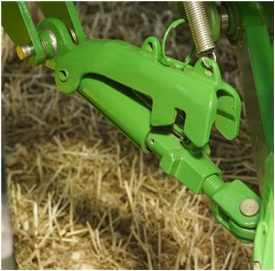


This cyclical sensitivity makes fiscal policy automatically expansionary during downturns and contractionary during upturns in economic activity.Īt least conceptually, the operation of the automatic stabilisers over the economic cycle should have no effect on the underlying structural position of the budget.

The effects of these changes tend to offset part of the decline in aggregate demand that would otherwise occur. For example, if the economy slows, on the revenue side of the budget the amount of tax collected declines because corporate profits and taxpayers’ incomes fall on the expenditure side, unemployment benefits and other social spending increases. They have a stabilising effect on fluctuations in aggregate demand and operate without requiring any specific actions by government. The ‘automatic stabilisers’ refers to certain types of government spending and revenue that are sensitive to changes in economic activity, and to the size and inertia of government more generally. A fiscal stimulus package is an example of discretionary action by government intended to support aggregate demand by increasing public spending and/or cutting taxes. Under current institutional arrangements, fiscal policy is the only arm of macroeconomic policy directly controlled by government.Īs an instrument for stabilising fluctuations in economic activity, fiscal policy can reflect discretionary actions by government or the influence of the ‘automatic stabilisers’. Governments can directly influence economic activity through recurrent and capital expenditure, and indirectly, through the effects of spending, taxes and transfers on private consumption, investment and net exports. Fiscal policyįiscal policy operates through changes in the level and composition of government spending, the level and types of taxes levied and the level and form of government borrowing. This brief outlines the nature of each of these policy instruments and the different ways they can help promote stable and sustainable growth. The key pillars of macroeconomic policy are: fiscal policy, monetary policy and exchange rate policy. In broad terms, the goal of macroeconomic policy is to provide a stable economic environment that is conducive to fostering strong and sustainable economic growth, on which the creation of jobs, wealth and improved living standards depend. Macroeconomic policy is concerned with the operation of the economy as a whole. The key pillars of macroeconomic policy are fiscal policy, monetary policy and exchange rate policy. Macroeconomic policy aims to provide a stable economic environment that is conducive to fostering strong and sustainable economic growth.


 0 kommentar(er)
0 kommentar(er)
